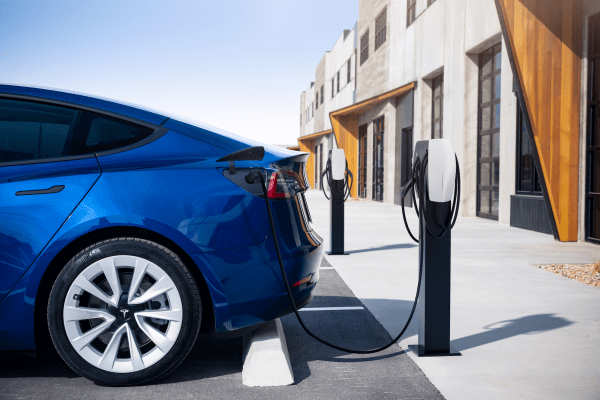Tesla may be a relative newcomer compared to legacy companies like GM and Ford, but it has adopted an age-old tactic in the industry: price wars.
The automaker has lowered the sticker price on its vehicles in the U.S. and China numerous times since last fall. And any speculation that the cuts would stop in 2023 ended in January when Tesla drastically slashed prices by as much as 20%.
Now, the company is lowering prices again. Tesla reduced the price of its higher-end and aging Model S and Model X vehicles by $5,000 each, according to its website. The base Model S, a dual motor all-wheel-drive variant, is now $84,990. The Model X is $94,990.
The Model 3 sedan and Model Y are also lower by $1,000 and $2,000, respectively.
Tesla has cut prices in the U.S. as requirements to qualify for the $7,500 federal tax credit tighten. Tesla has said that based on new IRS guidance, the $7,500 credit will be reduced for Model 3 rear-wheel drive on April 18 to $3,750.
While lowering prices may boost sales, it comes at a cost. Tesla has enjoyed one of the higher automotive margins in the sector. Selling its vehicles for lower prices could chip away at that profit margin unless it can reduce costs elsewhere. And the price reductions can’t go on forever.
The price reduction trend kicked off in October when Tesla announced price cuts in China up to 9% on the Model 3 and Model Y. Already this year, the price of the base Model Y is 20% lower than it was at the end of 2022.
The price cuts have persisted as Tesla pushes to scale its operations and produce 1.8 million vehicles in 2023. CEO Elon Musk said during the company’s Q4 and full-year earnings call in January that the company has “the potential to do 2 million cars this year.”
Tesla said Sunday it delivered 422,875 electric vehicles in the first quarter of 2023, just beating Wall Street estimates of around 420,000 units. The company produced 440,808 vehicles in the same period. In the fourth quarter of 2022, Tesla delivered 405,278 and produced 439,701 units. Those Q4 deliveries were also record results, but they missed Wall Street expectations.
